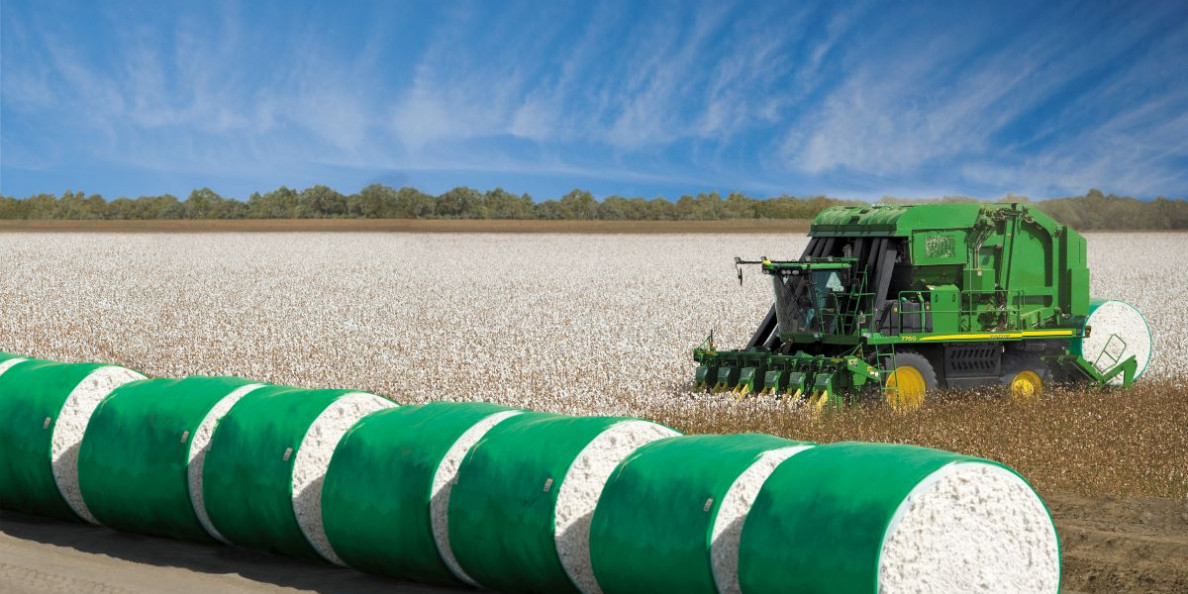For the week ending Friday, August 28, the most active ICE Dec’20 cotton contract climbed two cents to seven month highs, before stair-stepping and sliding back lower. By Friday prices had given back a majority of the early gains, with the Dec’20 settling at 65.08 cents per pound (see graph above courtesy of Barchart.com). Early price strength was attributed to potential tropical storm damage in the Delta region, as well as strong stock markets and a weaker U.S. dollar. The August 25 snapshot of Commitment of Traders data showed more speculative buying across the board: fewer hedge fund shorts, more new hedge fund longs, and a few more index fund longs.

Other fundamental factors included a slip in weekly crop condition ratings, more hot/dry weather in the Plains, and modest export net sales numbers (associated with last week’s 63-64 cent futures level). Commercial U.S. cotton demand remains reportedly slow (see here, pp. 2-3). Certified stocks continued at the recent low levels. Chinese and world cotton prices rose and then leveled off for the week ending August 20.
In my opinion, the cotton market can’t avoid the long term bearish implications of USDA’s 2020/21 balance sheet. The longer term damage to cotton consumption by the COVOD-19 pandemic will surely take many months to resolve. In the near term, ICE cotton futures keep bouncing off the 65-66 level, on remaining production uncertainty, Chinese state buying, and unprecedented money flows in the financial sector, created by the Federal Reserve. But past that, the normalization of cotton’s global supply chain and consumers’ willingness to buy more apparel may take longer. Hence a return to profitable market price levels may not happen during 2020. (I do see the possibility of higher prices for the ’21 crop, but for bad reasons like La Niña drought.)
From a marketing standpoint, both old crop and new crop cotton prices remain at the low level of the federal program price support. In government-speak, the adjusted world price (AWP) remains below the 52-cent loan rate. This makes for positive loan deficiency payment (LDP) rates for those who sell their cotton in the cash market (being careful to maintain beneficial interest).


